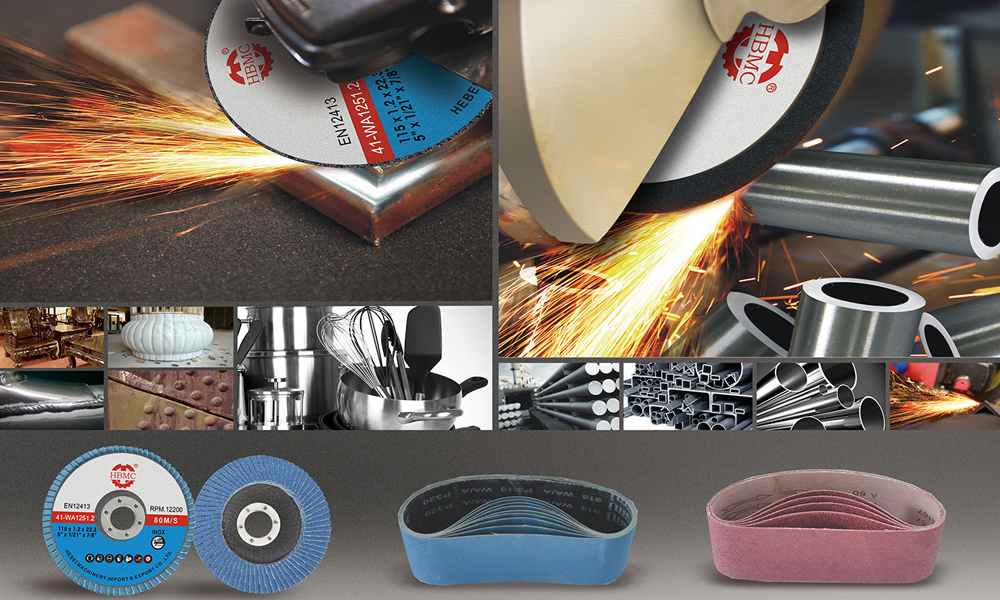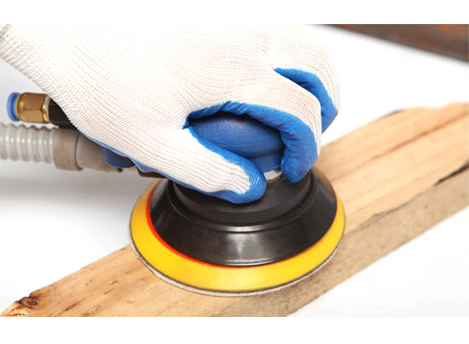
When it comes to various industrial and DIY applications, understanding the tools you're working with is paramount. One such tool that plays a crucial role in numerous tasks is the abrasive disc. Whether you're a seasoned professional or a hobbyist, comprehending what an abrasive disc is and how it functions can significantly enhance your work efficiency and safety.
Understanding Abrasive Discs
Abrasive discs, also known as grinding discs or sanding discs, are essential tools in metalworking, woodworking, construction, and other industries. They are circular discs typically made from abrasive materials bonded together with a resin, ceramic, or other types of bonding agents. These materials include aluminum oxide, silicon carbide, zirconia alumina, and ceramic alumina, among others.
The abrasive material on the disc's surface serves the primary purpose of grinding, cutting, sanding, or polishing various materials such as metal, wood, plastic, and composites. Abrasive discs come in various sizes, shapes, and configurations to suit different applications and power tools.
Types of Abrasive Discs
There are several types of abrasive discs available, each designed for specific tasks:
1. **Grinding Discs**: These discs are primarily used for grinding metal surfaces, removing welds, burrs, and excess material.
2. **Cutting Discs**: Designed for cutting through metal, concrete, stone, and other hard materials with precision and efficiency.
3. **Sanding Discs**: Ideal for sanding and smoothing surfaces, these discs come in various grits for different levels of abrasiveness.
4. **Flap Discs**: Combining grinding and finishing in one step, flap discs are versatile tools suitable for various applications.

Applications of Abrasive Discs
Abrasive discs find wide-ranging applications across various industries:
- Metal fabrication and manufacturing
- Construction and carpentry
- Automotive repair and restoration
- Welding and metalworking
- DIY projects and home improvement
These discs are indispensable for tasks such as smoothing welds, shaping metal, removing paint and rust, deburring sharp edges, and achieving a fine finish on surfaces.
Questions and Answers
Here are some common questions people have about abrasive discs:
Q: How do I choose the right abrasive disc for my application?
A: Consider factors such as the material you're working with, the desired finish, the type of power tool you're using, and the disc's compatibility with your tool.
Q: Are abrasive discs safe to use?
A: When used correctly and with appropriate safety gear, abrasive discs are safe. However, it's essential to follow manufacturer guidelines, wear protective equipment, and inspect discs for damage before use.
Q: Can abrasive discs be used on wood?
A: Yes, certain abrasive discs are specifically designed for wood sanding and shaping. However, using the wrong disc can damage the wood surface, so it's crucial to choose the appropriate disc type and grit.
Q: How long do abrasive discs last?
A: The lifespan of an abrasive disc depends on various factors, including the material being worked on, the disc's quality, and the intensity of use. It's advisable to replace discs when they become worn or damaged to maintain efficiency and safety.
Q: Can abrasive discs be reused?
A: In general, abrasive discs are designed for single-use. Attempting to reuse a worn or damaged disc can compromise performance and safety. It's best to dispose of used discs properly and use fresh ones for optimal results.
By understanding what an abrasive disc is and how to use it effectively, you can enhance your productivity, achieve better results, and ensure a safer working environment.
We offer a high-quality range of velcro discs, cutting wheels, waterproof sandpaper, sand belts/cloth/paper, etc.









